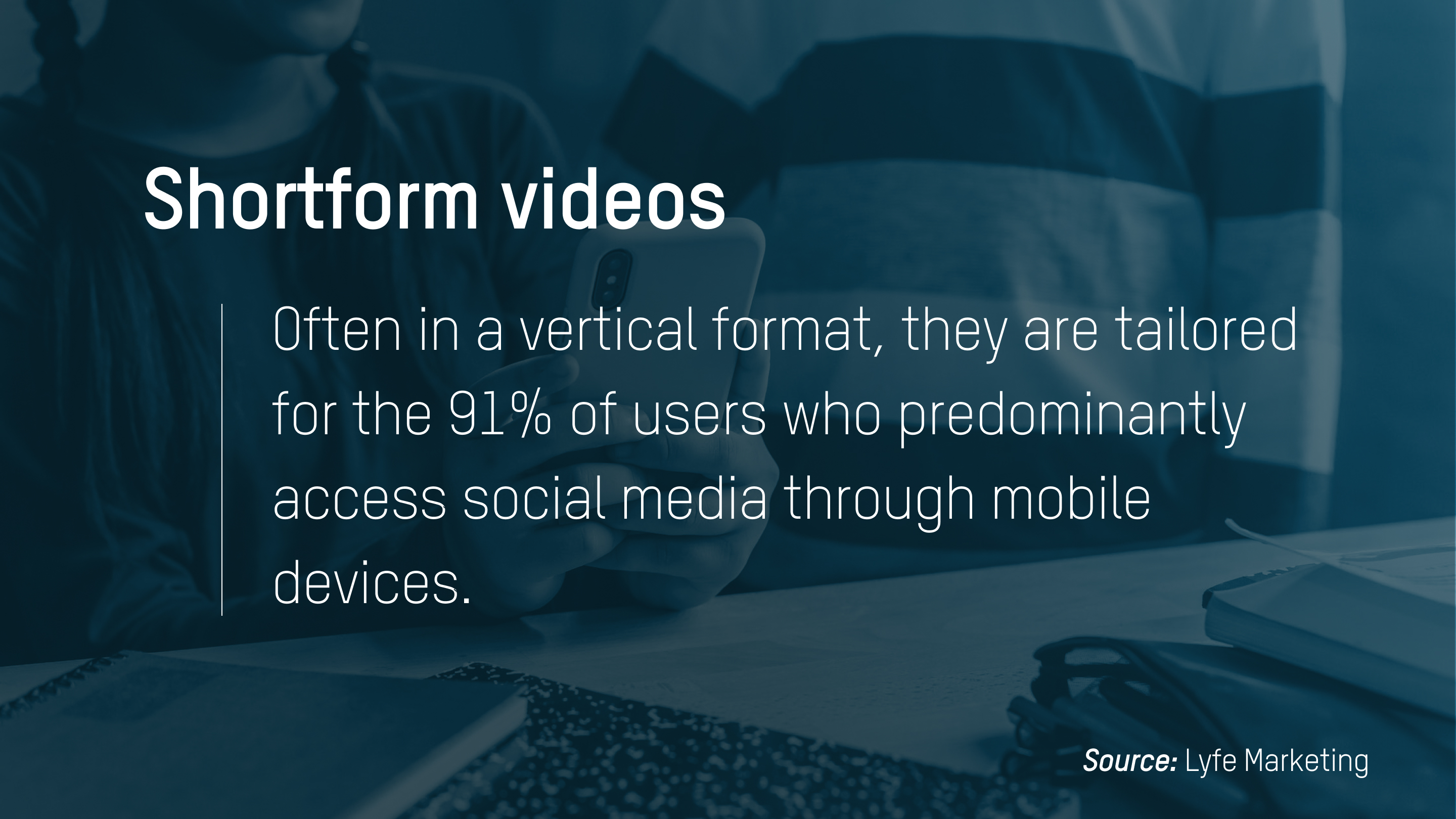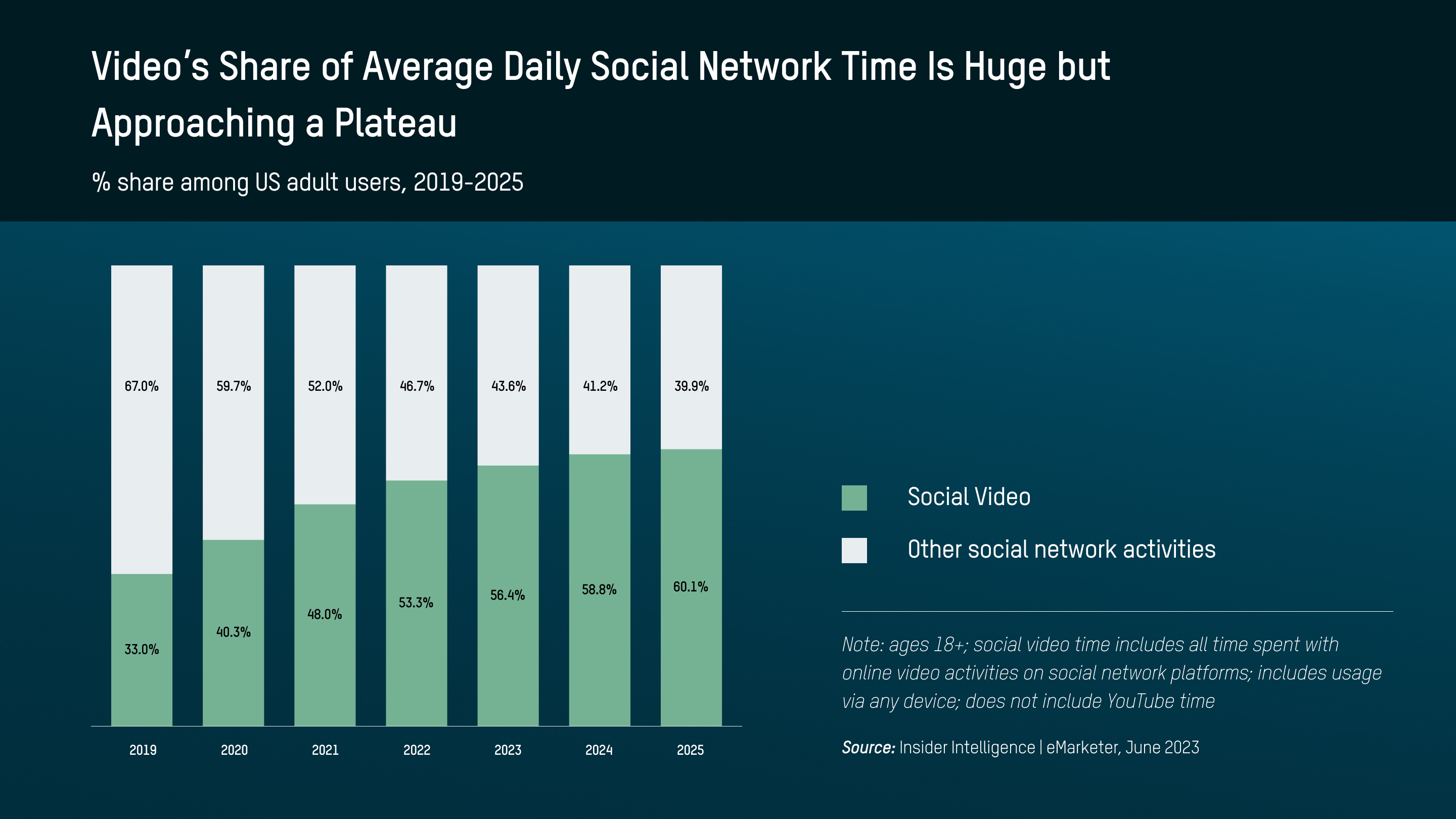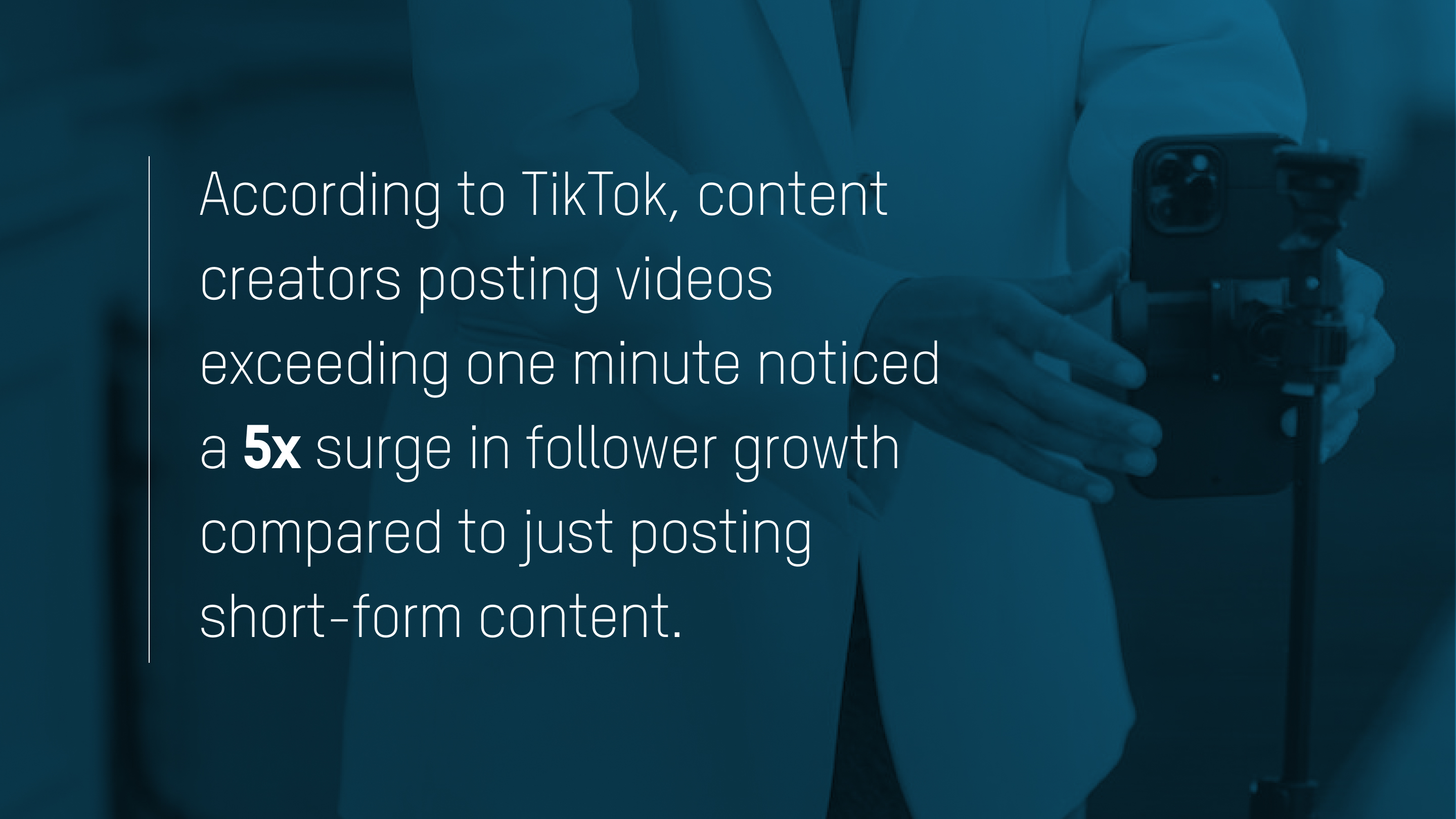Over the last three years, Videos between five to ninety seconds long short-form videos have become a hit with consumers, from the young to the young-at-heart. With their shrinking attention spans, coupled with their need for instant gratification, bite-sized content proved to be an irresistible source of entertainment among today’s consumers and a highly addictive one at that.
TikTok, as we all know, kickstarted the trend of short video. The app, which popularized the concept of 15-second clips in an endless loop, altered how content is consumed online and how brands package themselves to their target audiences. It’s been so influential that major social media platforms like Instagram, YouTube, and Pinterest, have been forced to follow suit.
Short Form, Big Impact
What made short-form videos a smash hit? It’s simple: they're short and snappy. In today's fast-paced world, who has the time for 30-minute videos? Given consumers' short attention spans and hectic schedules, they prefer content that can be consumed within a minute (or less).

In addition to their brevity, shorter videos are optimized for mobile use. They’re typically delivered in vertical video format, catering to the 91% of social media users who use their mobile devices to access social media channels, as reported by Lyfe Marketing (2023). Short video content offers a perfect fit for screens and a scrolling experience that feels second nature.
Shorter videos also deliver high entertainment value. Despite its size, it sure packs a punch. Taking on a raw and unfiltered approach to content marketing, shorter video content offers viewers a more engaging and authentic experience. And with fewer rules, content creators and brands can push boundaries and explore fresh ways to connect and engage with their target audiences.
The “TikTok Brain”
While short-form videos are widely praised for delivering a high entertainment value, they also have their drawbacks. Recent studies show that short-form videos may have adverse effects on consumers, particularly children and teenagers, in the long term.

Said to reinforce consumers’ addictive behavior, these platforms' endless scroll feature operates on the principle of random reinforcement, cultivating a constant expectation of reward with every scroll. This heightened sense of anticipation boosts dopamine levels, making scrolling all the more addictive.
This seemingly harmless habit can lead to problems with cognitive ability, mood, sleep, and social skills, according to research findings.
Furthermore, short-form videos are often criticized for their lack of substance. Unlike lengthy videos, they fall short of delivering educational value as they fail to delve into complex concepts in detail.
Videos between five to ninety seconds long may also contribute to forgetfulness. Compared to videos over ten minutes, they might not have the same lasting impact on consumers’ minds, potentially making it more challenging for them to retain information over extended periods.
Brakes on the Craze
But despite the adverse effects on consumers, short video content maintains its popularity among today’s consumers. Yet for brands and advertisers, it’s a different story.

As revealed by Insider Intelligence, this content format is expected to reach a plateau in the next few months or years, not because of its health impact but primarily due to challenges in advertising and monetization.
Short video platforms are facing difficulties in attracting advertisers and demonstrating their ability to deliver results compared to longer video content.
An Advertising Fail?
Despite their promising start, short-form videos proved less lucrative after a few years of experimentation.
Given its shorter duration or video length, shorter videos translate into less time and ad space, resulting in lower revenue compared to long-form content.
Consider YouTube video content. Multiple ads can be wedged into a single long-form video. In contrast, ads can’t be spliced into the middle of YouTube short videos. Instead, YouTube Short has to resort to placing the ad between every six short-form videos, which means fewer chances for generating revenue.
In the same vein, monetizing short-form content poses more challenges than monetizing static or extended video content. Take Instagram for example. TechCrunch (2023) notes that the introduction of short-form videos is impacting the revenue generated from feed-based content. Instagram Reels takes away engagement from brands or advertisers on the Instagram Feed, leading to a loss in revenue on the app.
Monetization Woes
Another reason why short-form videos are likely to see a decline in the months ahead is because of monetization concerns. In the early stages, the funds allocated by video-sharing apps to creators served their purpose, motivating them to contribute more content. But as these platforms soared in popularity, creators began to feel under-compensated.
The platforms' growing user base inevitably led to a decrease in creators' shares of the funds. Creators have expressed dissatisfaction with their compensation, prompting platforms to reassess and modify their payout programs.
As per Digiday (2023), TikTok introduced the Creativity Program Beta in place of its Creator Fund, and YouTube changed its Shorts Fund to the expanded Partner Program to address monetization concerns. Meta suspended the payment program for Instagram Reels in early 2023 following adjustments to the payout program.
Yet, it remains uncertain at this point whether these adjustments will appease content creators. Social media platforms are still in the process of identifying the most effective approach to compensate content creators.
Extended Version
In November 2023, TikTok announced its expansion to 15-minute videos. The social media platform's expansion into longer videos is, to some extent, a response to challenges in monetization and advertising. The duration of TikTok videos was initially increased to 10 minutes in January 2022 and extended to 15 minutes in 2023.

The Information reported that during a TikTok event in October last year, it was announced that in the previous six months, TikTok content creators posting videos exceeding one minute noticed a 5x surge in follower growth compared to those focusing on short-form content. Moreover, they were informed that creating longer video content could help increase their earnings.
Money Matters
The harsh truth with shorter video content is that they don't deliver the same revenue returns as long form content. Ultimately, these platforms are driven by the goal of earning, achieved either through in-stream ads or in-app monetization schemes.
Truly, convincing advertisers to run ads on short form video content, not just on TikTok, is challenging if the results are underwhelming. Video-sharing platforms must work on strengthening their advertising suites and payout programs for short form videos to attract advertisers as well as content creators.
But until then, it’s expected that long-form videos will reemerge this year, possibly surpassing short-form content in the months ahead.
Call for In-Depth Storytelling
As we enter 2024, brands and content creators may want to consider exploring longer video content in their video marketing strategies. While short-form videos still play a vital role, aligning with the current digital trends points towards the direction of long-form video content.
This shift offers more than just a chance to attract additional advertisers and revenue; it's also an opportunity to engage in compelling and in-depth storytelling that consumers find value in.



